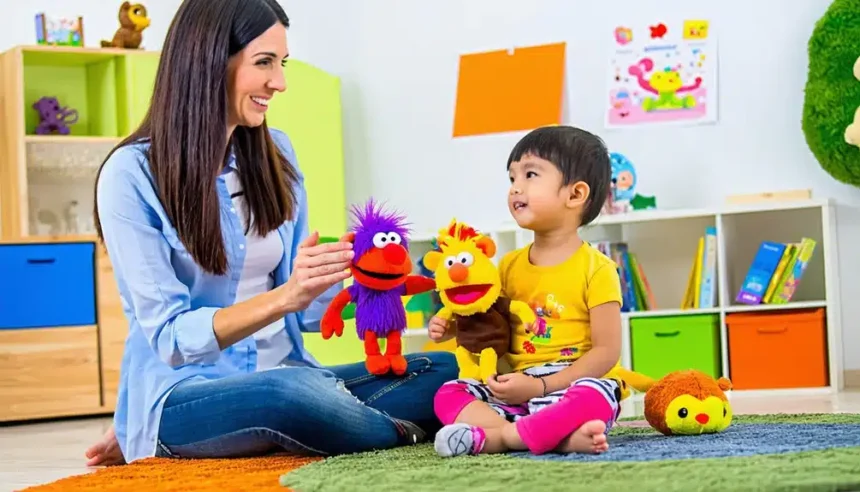Speech therapy is designed to improve communication skills. From building stronger articulation to enhancing language comprehension, effective methods help patients make meaningful progress. Whether for children overcoming developmental delays or adults recovering from an injury, tailored strategies in speech therapy support clearer and confident communication. Here are some key communication techniques used in speech-language therapy:
Building Skills Through Active Listening
A fundamental technique in speech-language therapy is active listening. This involves the therapist giving their full attention to the individual, observing both verbal and non-verbal cues. By listening carefully, a therapist can identify specific challenges in articulation, fluency, or language processing. This helps to build a supportive relationship, which is a key element for progress in a therapeutic setting. For instance, when a person struggles with word-finding, the therapist listens for patterns and contexts where the difficulty occurs. This enables the development of targeted strategies to address the specific issue, thereby making therapy more effective.
Employing Visual and Verbal Cues
Visual and verbal cues are helpful tools in speech therapy. Therapists often use these prompts to guide individuals toward correct pronunciation and language use. Visual cues can include hand gestures that demonstrate how to form a sound with the mouth or pictures that represent words or concepts. These aids can make abstract language concepts concrete and easier to understand.
Verbal cues involve the therapist modeling correct sounds, words, or sentence structures. For instance, a therapist slowly and clearly pronounces a word that a person finds difficult. They may also break down longer words into smaller and manageable syllables. These cues provide a clear example for the individual to follow, which helps reinforce learning and correct production over time.
Reinforcing Learning With Repetition
Repetition is a key component of learning new motor skills, and speech is no exception. Consistent practice helps to strengthen the neural pathways associated with speech production. In speech therapy, therapists guide individuals through structured drills and activities designed to reinforce correct articulation and language patterns. This may involve repeating specific sounds, words, or phrases multiple times during a session. Speech-language pathologists often provide activities and exercises for individuals to practice at home. This continued reinforcement helps to generalize the skills learned in therapy to everyday situations.
Fostering Confidence and Social Interaction
Developing confidence is another key aspect of effective speech therapy. Communication difficulties can sometimes lead to avoidance of social situations. A speech-language pathologist works to create a positive and encouraging environment where individuals feel safe to practice without fear of judgment. Celebrating small achievements helps build self-esteem and motivates further effort.
Therapists may also use role-playing or group therapy sessions to help individuals practice their skills in a social context. For instance, social skills groups can help children and adults learn to interact effectively with others. These activities provide practical experience in navigating conversations, a key component in building social confidence.
Schedule Your Speech Therapy Evaluation
Speech therapy employs several techniques to help individuals enhance their communication skills. Through methods such as active listening and consistent practice, therapists provide the support needed to build language skills and confidence. Contact a qualified speech therapist in your area to schedule your in-person, home-based, or telehealth speech-language therapy evaluation today.














